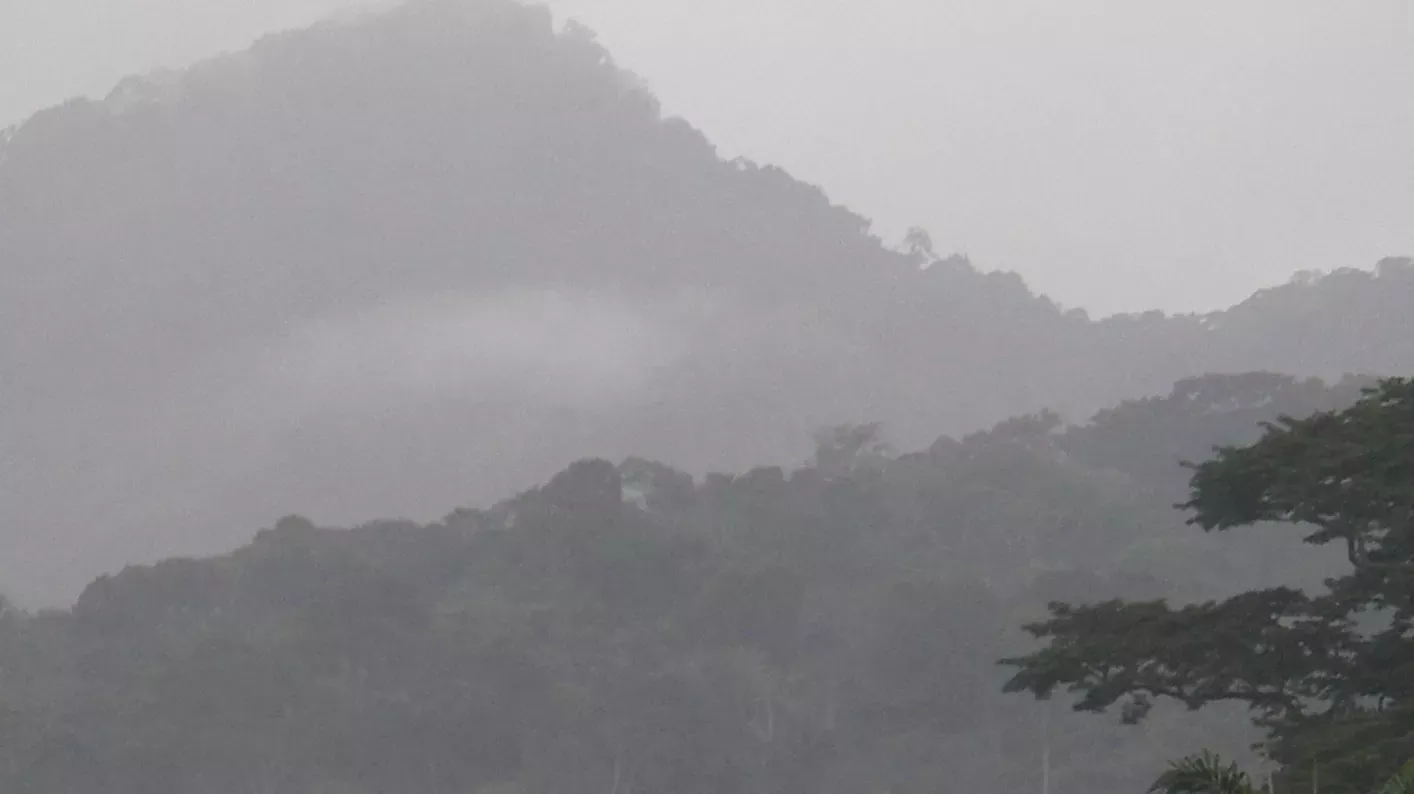
Tropical Important Plant Areas (TIPAs) in Cameroon
Identifying and promoting the long-term conservation and sustainable management of Cameroon’s most important sites for plant diversity.
TIPAs Cameroon
Our taxonomic and systematic research is specimen-based and mostly in tropical Africa, particularly in Tropical Important Plant Area (TIPA) target countries where our fieldwork with partners is concentrated.
The main focal countries for our research are Cameroon, Ethiopia, Guinea, Mozambique and Uganda where we seek to evidence and protect, with partners, critical sites for plant conservation. We also conduct plant collecting surveys and taxonomic research more widely in Africa, for example in Angola, Madagascar, Sierra Leone and Zambia. We work closely with teams from other departments, for example, the Plant Assessment team, Spatial Analysis and Plant Chemistry to deliver TIPAs.
Our main outputs are Taxonomic Revisions and Floras (such as Flora Zambesiaca) for groups that are incompletely studied and not covered by monographic researchers in the Integrative Monography team. These include: Acanthaceae, Annonaceae, Apocynaceae. s.l., Burmanniaceae, Burseraceae, Celastraceae, Compositae, Convolvulaceae, Cyperaceae, Ebenaceae, Eriocaulaceae, Gesneriaceae, Leguminosae-Detarioideae, Malvales (especially Sterculiaceae/Sterculioideae (for example Cola) and Grewiaceae (Microcos)), Meliaceae, Nepenthaceae (SE Asia), Ochnaceae, Olacaceae, Opiliaceae, Podostemaceae, Primulaceae, Rubiaceae (for example Keetia, Coffeeae), Rutaceae (Vepris), Ternstroemiaceae, Thismiaceae, and Triuridaceae.
With African partners, we are evidencing the need for in situ conservation, its prioritisation and implementation, through the TIPAs protocol. In this connection, we are delivering training in taxonomy and collections-based research, extinction risk assessment and application of the IPA criteria in Africa. Alongside this, we are developing research in under-utilised, indigenous, socio-economic species to improve the livelihoods of local communities to motivate the protection, rather than destruction, of natural habitat.
Fieldwork includes collection of material for the Plant and Fungal Tree of Life project, the Millennium Seedbank Partnership and Economic Botany Collection, if agreements allow.
We work closely with the African Curator-Botanist team in the Collections Department to curate our active collections programme, with tasks including preparing and incorporating new specimens from our fieldwork and exchanges, specimen identification, rearranging specimens by published revisions, hosting visiting researchers, and monitoring pest damage.
Our specimen identifications are fed into our own project databases, and ultimately will be released through the Integrated Collections Management System (ICMS) portal as projects are completed.
Senior research leader
Dr Martin Cheek
Research leaders
Dr Iain Darbyshire
Dr Benoit Loeuile
Taxonomist
Dr Ana Rita Simões
Curator and field officer
Dr Xander van der Burgt
Guinea TIPAs Project Coordinator
Charlotte Couch
Uganda TIPAs Project Officer
Sophie Richards
Krukoff Curator of African Botany
Vacant
Curator and field officer
Dr Xander van der Burgt
Undergraduate intern
Ellie Defty
Species Conservation Assessor
Hannah Rotton
Honorary researchers
Dr Henk Beentje
Professor Sebsebe Demissew
Dr Shahina Ghazanfar
Mike Gilbert
George Gosline
Dr David Goyder
Yvette Harvey
Alison Heath
Roger Heath
Leonard Newton
Dr Sylvia Phillips
Dr Kaj Vollesen
PhD students
Denise Molmou
Ando Andriamanohera
Kaman Guilavogui
Nagnouma Condé
Peng Peng

Identifying and promoting the long-term conservation and sustainable management of Cameroon’s most important sites for plant diversity.
TIPAs Cameroon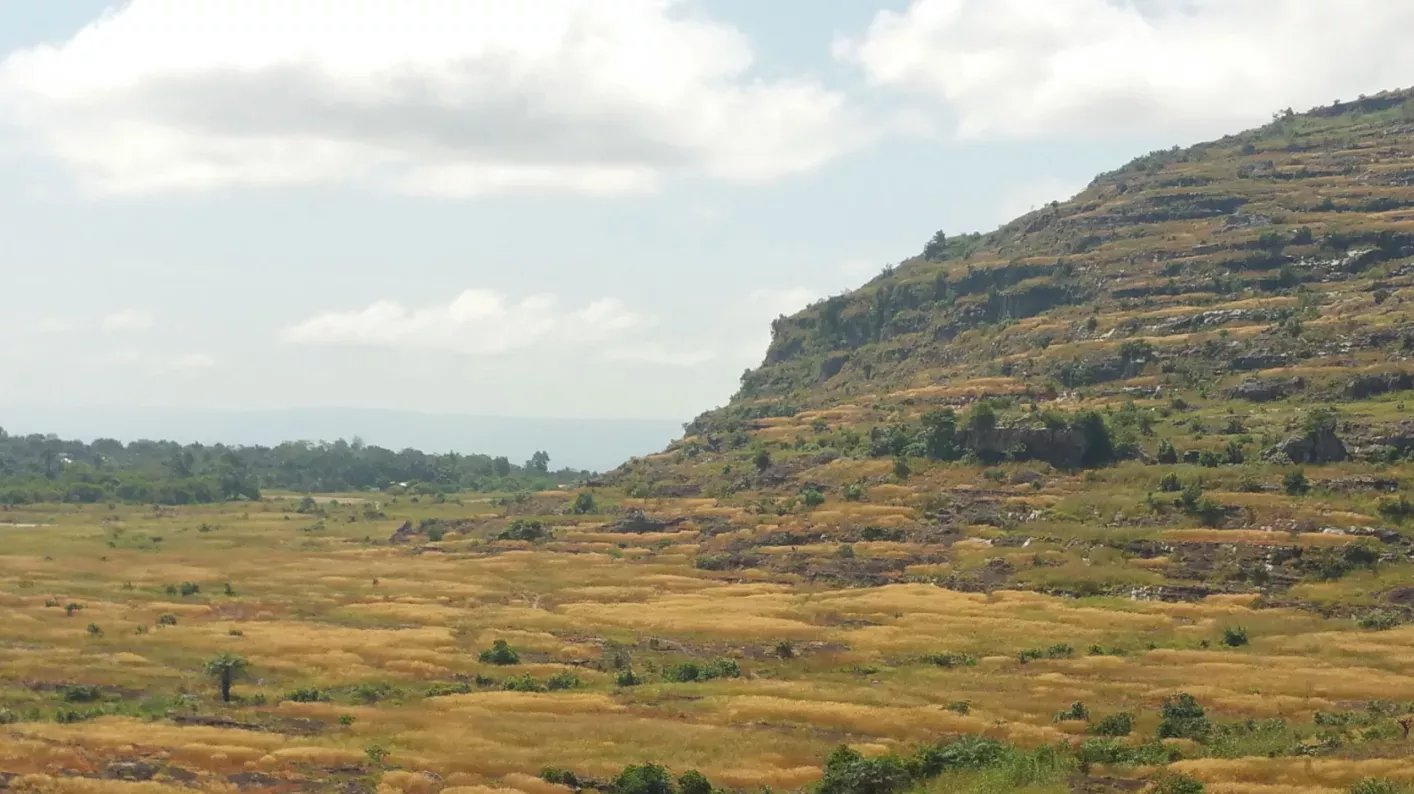
Identifying Tropical Important Plant Areas (TIPAs) of Guinea-Conakry, West Africa.
TIPAs Guinea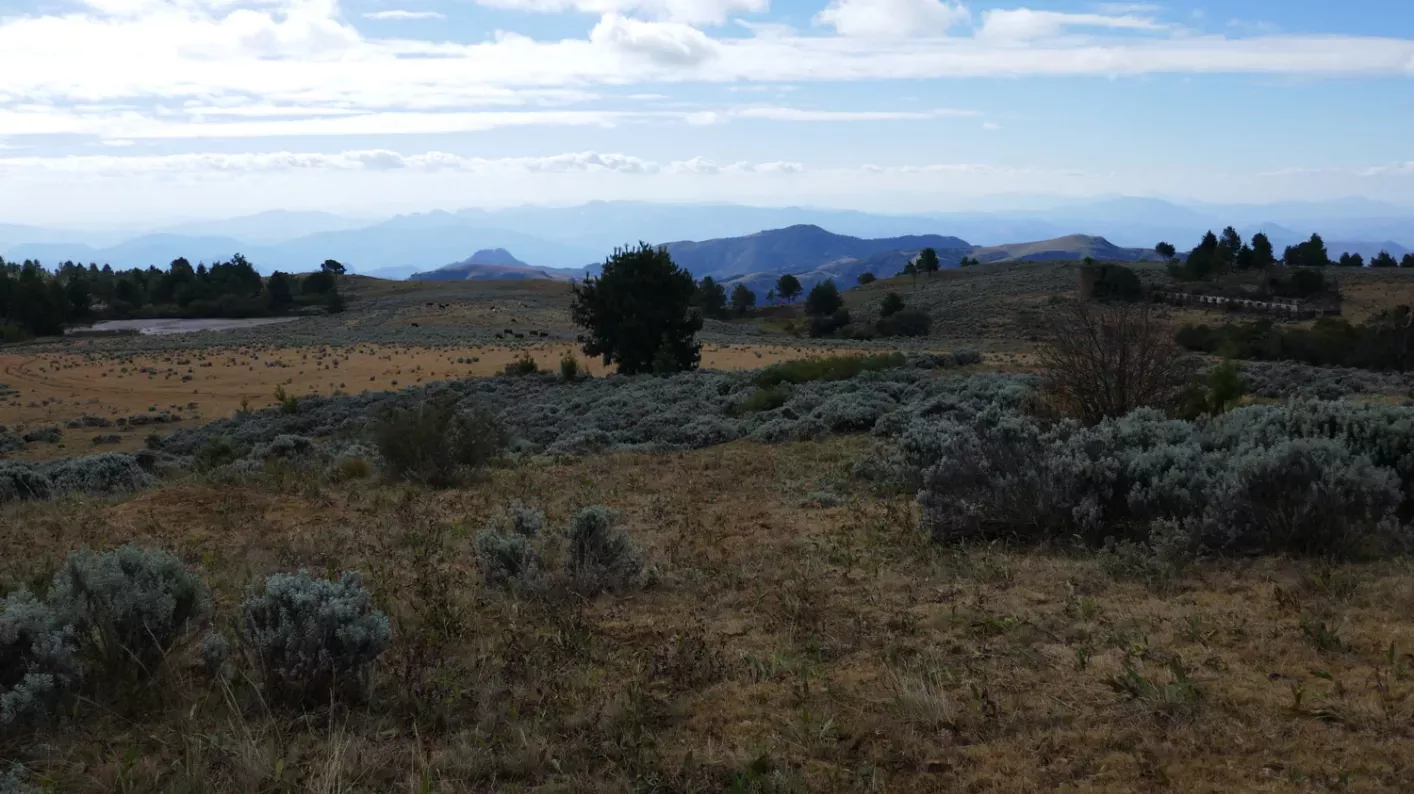
Identifying and promoting the long-term conservation and sustainable management of Mozambique’s most important sites for plant diversity.
TIPAs Mozambique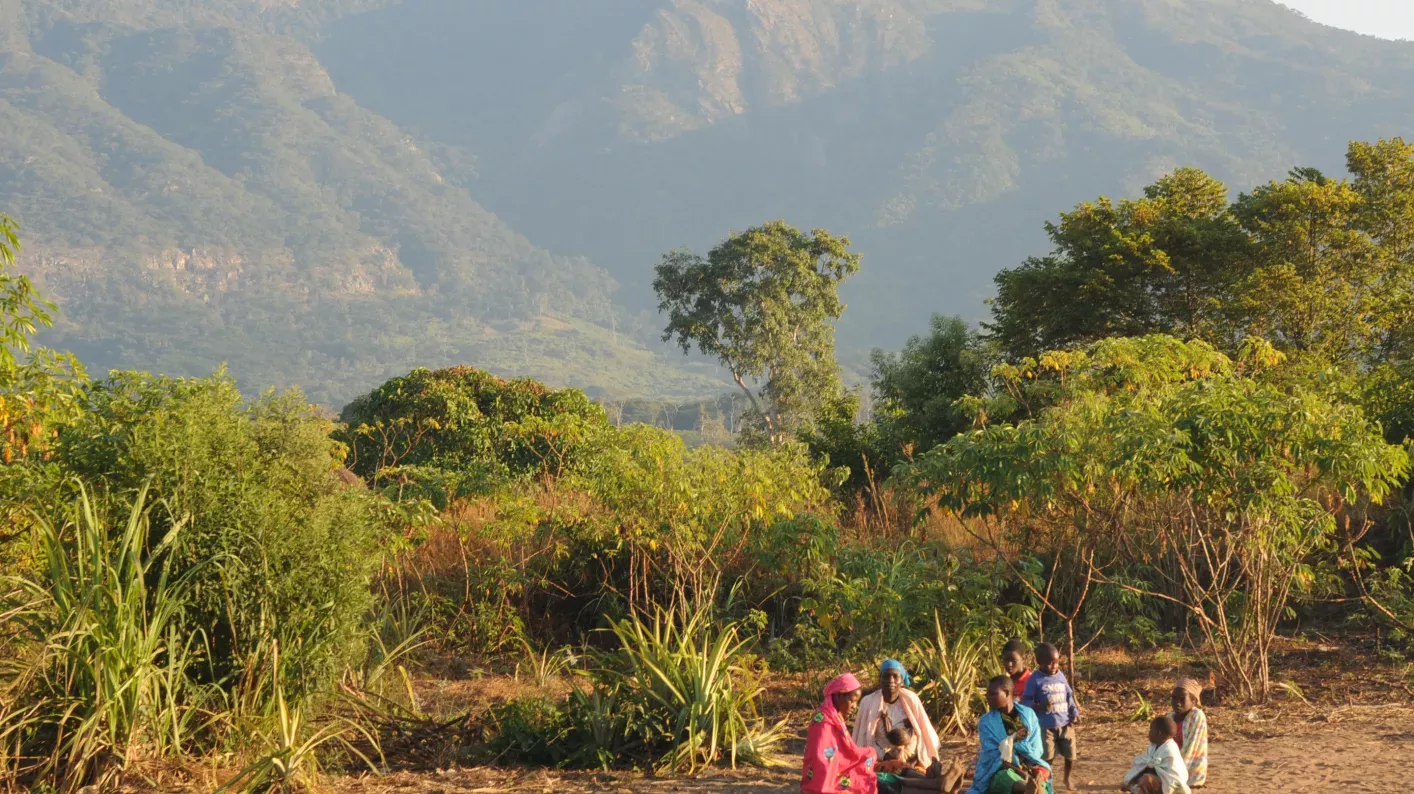
The definitive manual and identification tool for the vascular plant species of South-Central Africa, drained by the Zambezi (Zimbabwe, Zambia, Malawi, Mozambique, Botswana and the Zambezi Region of Namibia).
Flora Zambiesca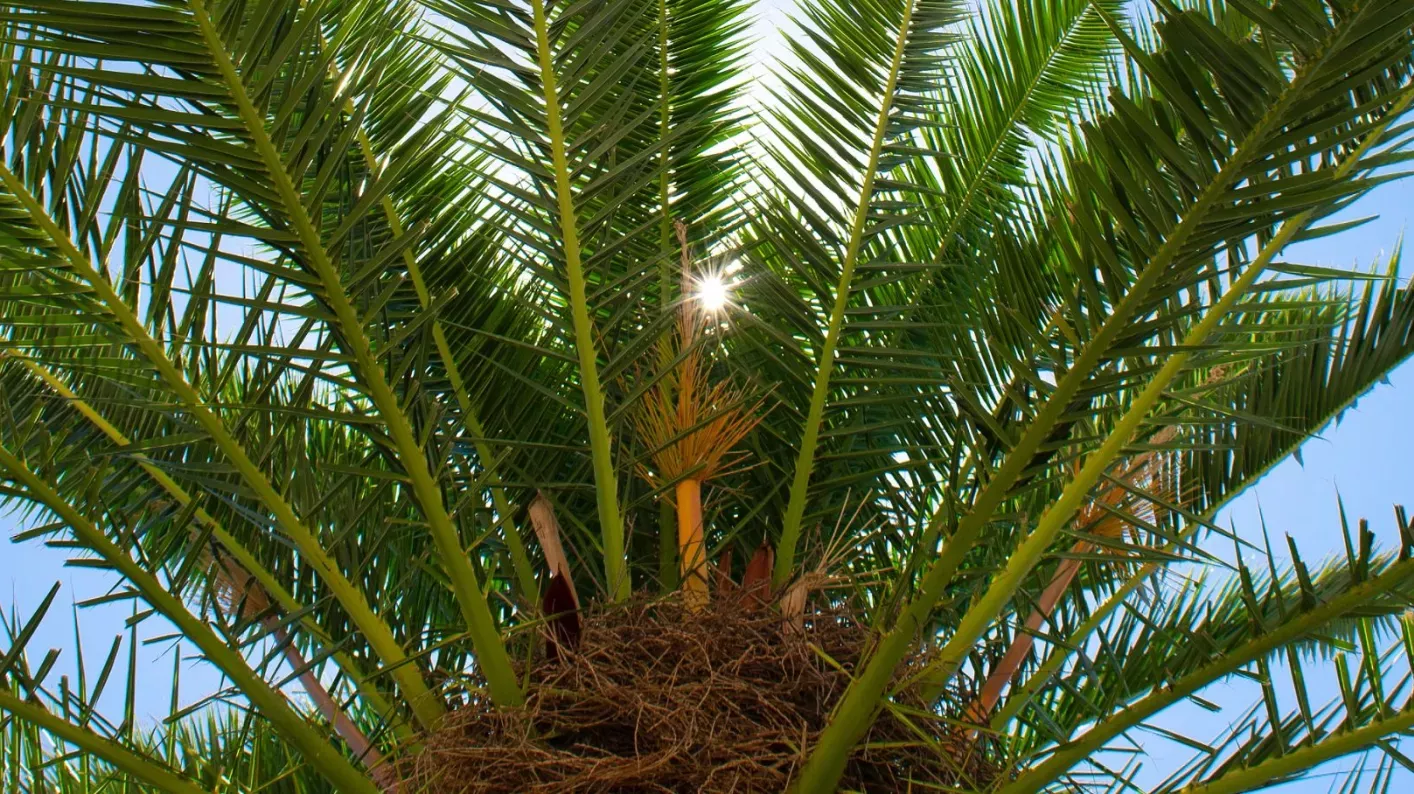
Building on the success of PAFTOL, the Tree of Life initiative is expanding and populating the tree of life for plants and fungi.
PAFTOL